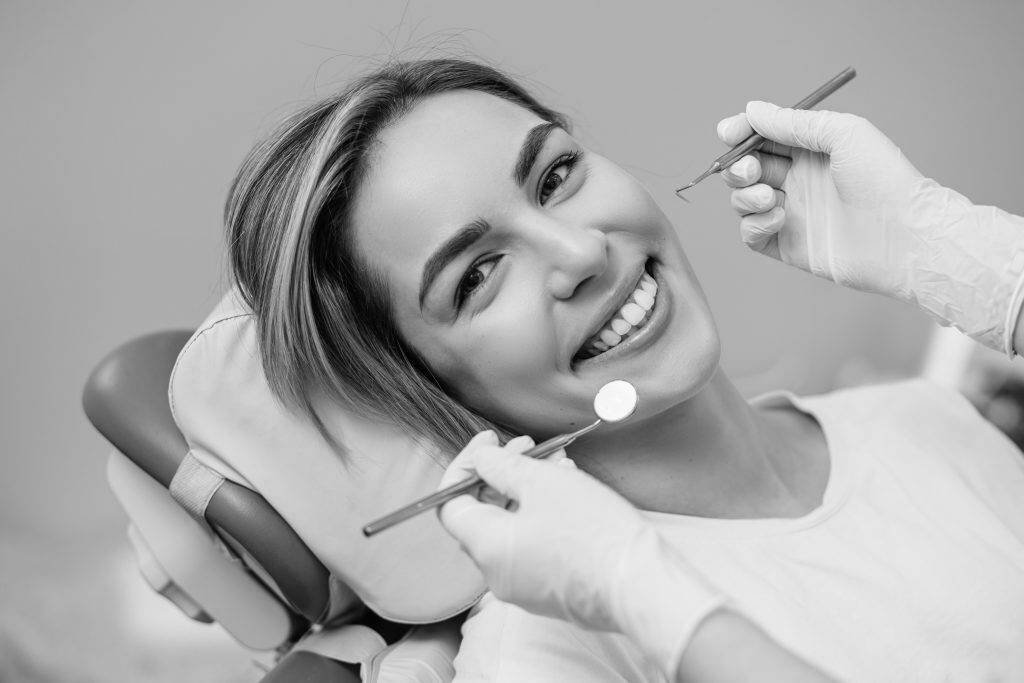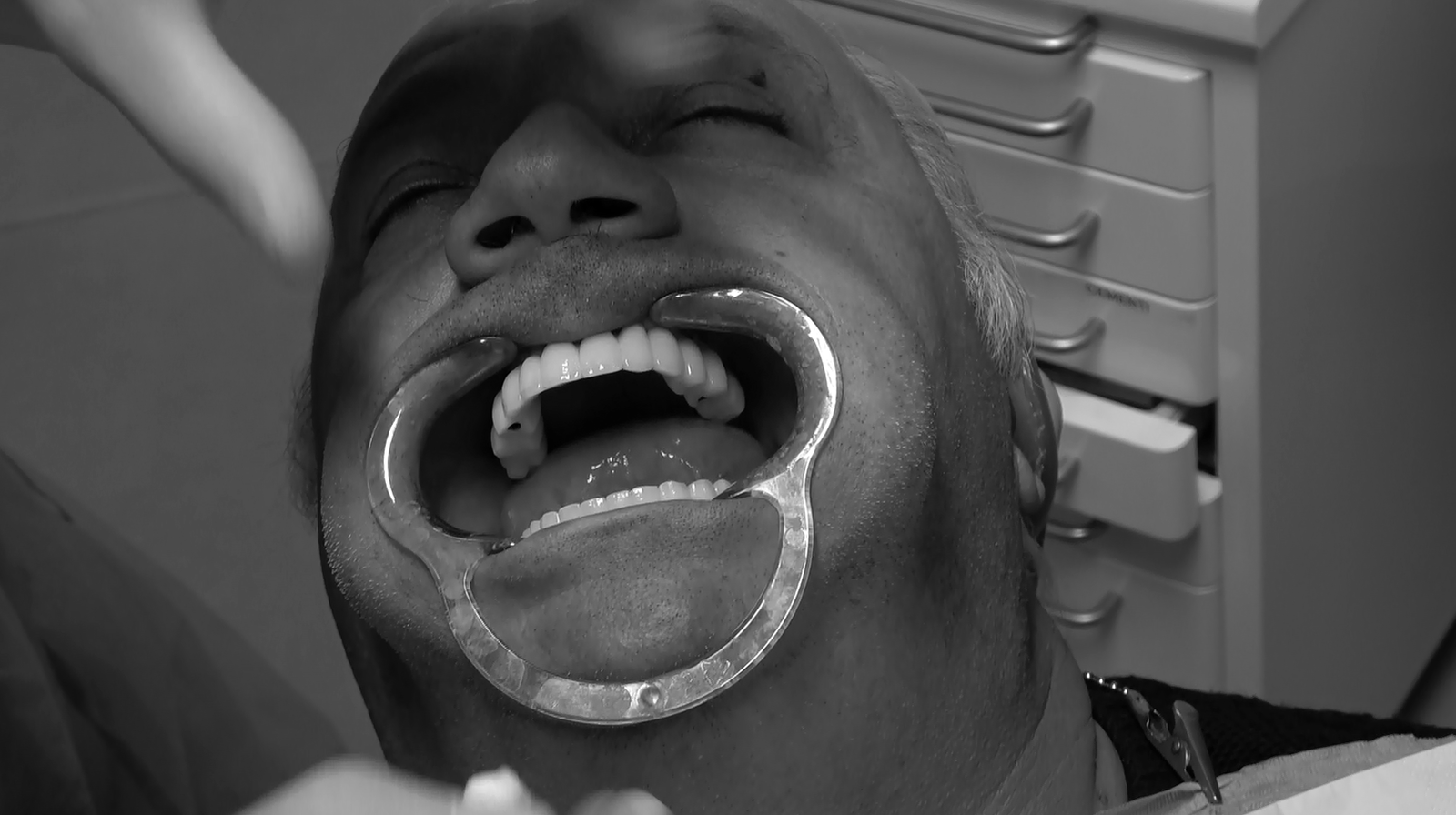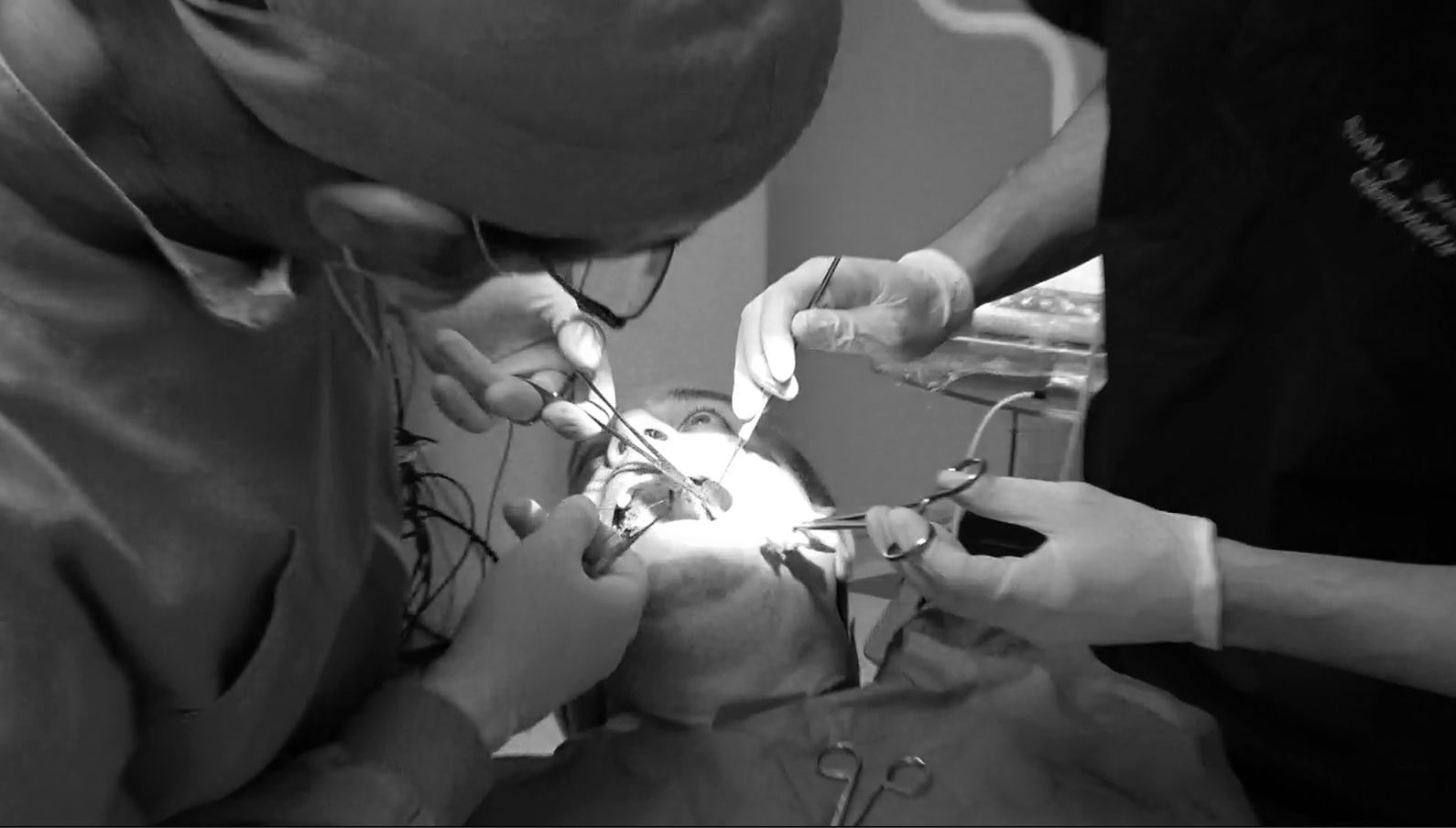“Among all the implant surgery techniques popular today, whether in the presence or absence of alveolar bone quantity in the maxilla, between All-on-4 and All-on-6 with immediate loading, and immediate-loading quad zygomatic implants and Galileus Cerclage Sinus®: which is the best technique for immediate loading? Considering 1 surgery, 2 extension and placement of implants in which zones of the upper maxillary perimeter, 3 dental prostheses, 4 function and chewing, 5 aesthetic of the overall result?”
Evaluate which immediate loading surgical technique is the best among the four options depends on the specific needs of the patient and various factors, including the quantity and quality of maxillary bone, clinical conditions, and individual preferences. However, considering the distinctive advantages of the Galileus Cerclage Sinus® technique over other options, it can be argued that this technique stands out as superior on many fronts. Here’s why:
1. Less Invasiveness: Galileus Cerclage Sinus® is designed to address the lack of posterior bone support in the upper jaw without the need for bone grafts or sinus lifts, thus reducing surgical complexity and post-operative recovery time.
2. Prosthetic Stability: This technique offers stable anchorage for the prosthesis, utilizing basal bones rather than resorbed alveolar bones, ensuring greater long-term stability and improved chewing function.
3. Predictable Results: Galileus Cerclage Sinus® has demonstrated predictable and durable outcomes in restoring chewing function and smile aesthetics, providing patients with the confidence of effective treatment.
4. Avoids Bone Grafts and Sinus Lifts: By utilizing basal bones, this technique eliminates the need for additional procedures such as bone grafts or sinus lifts, simplifying the process and reducing associated risks.
5. Aesthetics: The design of the zirconia ceramic prosthesis without artificial gum offers a natural and harmonious aesthetic appearance, adapting to the facial and oral anatomy and enhancing smile aesthetics.
Considering these points, Galileus Cerclage Sinus® emerges as a highly advantageous solution for patients requiring immediate loading implant surgery. However, it is important to carefully evaluate options with a qualified implantologist to determine the best technique based on the patient’s individual needs.
Galileus Cerclage Sinus® surgical technique represents an innovative solution in the field of dental implantology, particularly for patients in need of robust posterior chewing restoration. This technique effectively utilizes the posterior bones of the jaw, including the pterygoid and palatine cortical plates, located in the posterior region of the maxilla.
During the procedure, the pterygoid implant is skillfully placed in position 18/28, with a length ranging from 19 to 21 mm. This strategic positioning allows the implants to traverse the basal bone and the tuber, still reaching the apex of the pterygoid and sphenoid plates. It is important to emphasize that the pterygoid and palatine cortical plates are characterized by remarkable hardness and robustness, making them an ideal option to support vigorous posterior chewing.
Basal bones, or cortical bases, constitute a fundamental part of the maxillary bone, located in the posterior region of the jaw. In the Galileus Cerclage Sinus® technique, these anatomical structures serve as a crucial anchoring point for dental implants. Thanks to their robust structure, the pterygoid and palatine cortical plates offer exceptional stability to the dental prosthesis, allowing the patient to enjoy vigorous and safe posterior chewing.
In conclusion, the Galileus Cerclage Sinus® technique stands out for the wise use of the pterygoid and palatine cortical plates, ensuring a stable and reliable anchorage for dental implants. This innovative surgical approach represents an important option for those wishing to restore posterior chewing function with long-lasting and satisfying results.
The prosthesis used in the Galileus Cerclage Sinus® technique is an essential element to ensure proper chewing function and natural, harmonious aesthetics. This prosthesis, crafted with utmost precision and attention to detail, offers numerous advantages over traditional solutions.
Here are some key points regarding the prosthesis in the Galileus Cerclage Sinus® technique:
1. High-Quality Materials: The prosthesis is made with high-quality materials, ensuring durability, strength, and long-term use. Specifically, zirconia ceramic is used, offering an ideal combination of aesthetics and solidity.
2. Customized Design: Each prosthesis is custom-designed to fit perfectly with the patient’s anatomy and dental arch. This ensures optimal comfort and excellent functionality.
3. Complete Chewing: The Galileus Cerclage Sinus® prosthesis is designed to allow complete chewing, including posterior movements. This means that the patient can enjoy full and satisfying chewing functionality, restoring the ability to eat a wide range of foods without issues.
4. Natural Aesthetics: WITHOUT ARTIFICIAL GUM 14 TEETH Thanks to zirconia ceramic and customized design, the prosthesis offers an extremely natural and harmonious appearance. This helps improve the patient’s smile aesthetics, restoring confidence and self-esteem.
5. Stability and Durability: 14 TEETH WITH ALL REAR MOLARS The Galileus Cerclage Sinus® prosthesis is designed to offer exceptional stability and durability over time. This allows the patient to enjoy the benefits of the prosthesis for a long time without worries.
In summary, the prosthesis used in the Galileus Cerclage Sinus® technique is a fundamental element to ensure effective restoration of chewing function and smile aesthetics. Thanks to high-quality materials, customized design, and guaranteed stability, this prosthesis offers patients a complete and long-lasting solution for their dental needs.
Basal bones, also known as cortical bases, are parts of the maxillary bone located in the posterior region of the jaw. These bone structures have various anatomical and functional characteristics that make them crucial for different surgical procedures, including the Galileus Cerclage Sinus® technique. Below, we delve into the main characteristics of basal bones:
1. Anatomical Localization: Basal bones are located in the lower and posterior part of the maxilla, near the soft palate and nasal cavities. This position makes them essential for supporting the bony structure of the upper mouth.
2. Dense Bone Structure: Basal bones are composed of dense bone structure, characterized by thick and compact cortices. This bone density gives them considerable strength and robustness, making them ideal for supporting masticatory and prosthetic loads.
3. Size and Shape: Basal bones are of considerable size and have an anatomical shape that varies depending on the region of the jaw in which they are located. For example, the pterygoid cortical bases are located in the posterior and lateral region of the maxilla, while the palatine cortical bases are located in the lower and medial part of the maxilla.
4. Functional Importance: Basal bones provide an important anatomical base for various mouth structures, including teeth, gums, and dental prostheses. Their strength and resistance allow them to play a crucial role in supporting chewing and maintaining the structural integrity of the jaw.
5. Role in Implant Surgery: In implant surgery, basal bones are often used as the site for dental implant insertion. Thanks to their density and robustness, they provide stable and reliable anchorage for implants, allowing them to support fixed dental prostheses successfully over time.
In summary, basal bones are crucial parts of the maxillary bone, characterized by dense and robust bone structure. Their anatomical and functional importance makes them essential for various surgical procedures, including implant surgery, where they provide an important base for dental implant placement.















